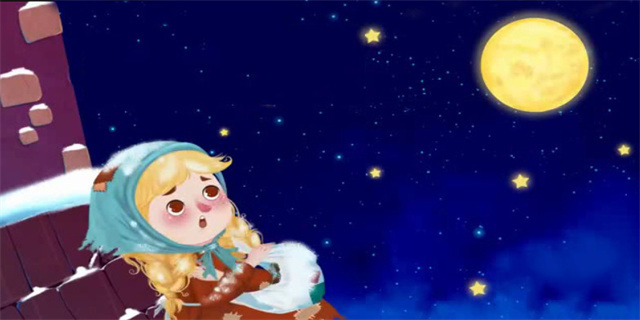Helmet \"Conchs\": The Mysterious Life of these Marine Creatures
Helmet \"Conchs\" are fascinating marine creatures that inhabit the sea floor. Despite their name, they are not actually conchs but rather a type of sea snail. These enigmatic creatures have been the subject of much study, yet there is still much that we do not know about their behavior and ecology.
The Appearance of Helmet \"Conchs\"
The distinctive appearance of Helmet \"Conchs\" is due to their shell, which is shaped like a rounded helmet. The shell is usually brown or dark green in color and can grow up to a foot in length. However, the shell is not what makes these creatures unique. Their soft body, which is protected by the shell, is what is truly fascinating.

Helmet \"Conchs\" have a long, tube-like appendage that they use to capture their food. They feed on small invertebrates and algae that they find on the sea floor. They also have a foot that they use for locomotion. The foot is divided into three distinct parts, each with its own function. The front part is used for crawling and digging, the middle part is used for gliding, and the back part is used for swimming.
The Life Cycle of Helmet \"Conchs\"
Like many marine creatures, Helmet \"Conchs\" undergo a complex life cycle. They begin their life as tiny larvae, which drift along with ocean currents. As they grow, they settle on the sea floor and begin to mature. Helmet \"Conchs\" have separate genders and mate by releasing their eggs and sperm into the water. The eggs hatch into larvae that drift with the currents until they settle on the sea floor and start the cycle anew.

Helmet \"Conchs\" have a relatively long lifespan for a snail, with some individuals living up to 20 years. They also have a slow growth rate, with their shells taking years to mature to their full size. This makes them particularly vulnerable to overfishing, and many populations of Helmet \"Conchs\" have declined due to human activity.
The Importance of Helmet \"Conchs\" in the Ecosystem
Despite their slow growth rate and susceptibility to overfishing, Helmet \"Conchs\" play an important role in the marine ecosystem. They are a food source for a variety of predators, including some types of fish and crabs. They also help to regulate the populations of other invertebrates on the sea floor by eating algae and small invertebrates that might otherwise overpopulate.
Additionally, Helmet \"Conchs\" have been used for centuries by humans. In some cultures, their shells are used as musical instruments or as decorative objects. They are also a popular food item in some parts of the world, particularly in the Caribbean.
Despite their importance, populations of Helmet \"Conchs\" continue to decline due to overfishing and habitat destruction. In order to protect these fascinating creatures and the ecosystem they help support, it is essential that we continue to study their behavior and ecology and take steps to conserve their populations.








